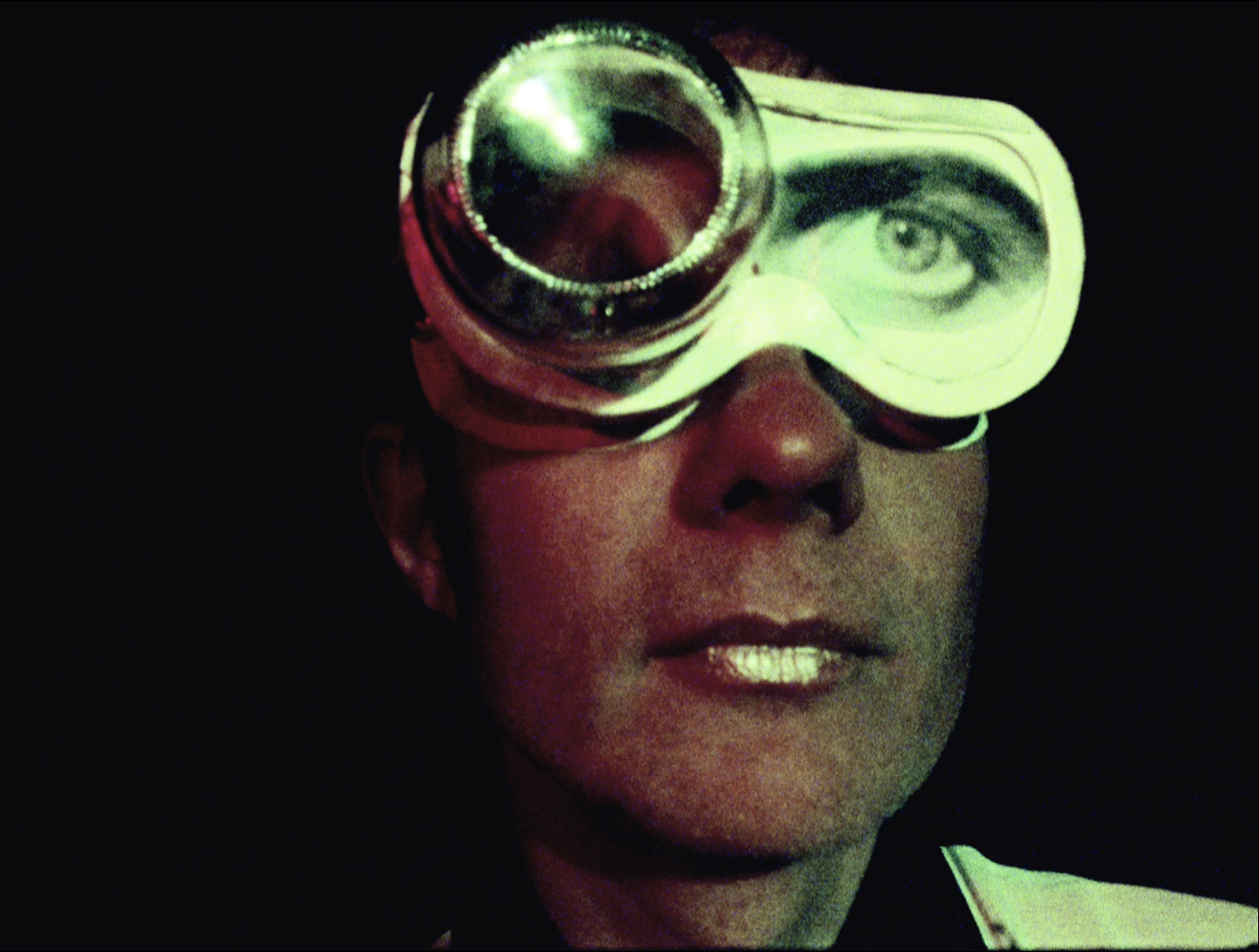
An exhibition at Düsseldorf’s prestigious NRW Forum has become a lightning rod in the German art world and set off a tense debate over representation due to its sparse inclusion of women artists.
The row began on social media and gained steam after the Berlin-based, South African artist Candice Breitz and the Vienna-based curator Verena Kaspar-Eisert initiated an open letter on September 21. Since then, it has garnered around 1,000 signatures, including those of at least two artists whose work is in the show, Trevor Paglen and Suzanne Treister. Among the other critics, curators, and artists who have signed are Rafael Lozano-Hemmer, Sabine Breitwieser, and Judith Hopf.
The letter sharply criticizes the exhibition, organized by curators Florian Waldvogel and Alain Bieber, for including work by 12 male artists, three collectives (one of which is all male), and two women. Originally, there was only one female artist on the list, but British artist Suzanne Treister was added after an initial outcry on social media about the gender disparity.
“How is it possible—in the year 2018—that publicly-financed institutions continue to present exhibitions that are thoroughly unrepresentative of the diverse audiences that they serve?” the letter reads. “How is it possible that an ‘international’ exhibition, one that sets out to address a global phenomenon, is composed almost exclusively of works by white men?”
The show, which opened on September 21 and is titled “When in Doubt, Choose Doubt: The Great World Conspiracy,” deals with conspiracy theories and fake news.
The Beginnings of the Debate
The controversy began two weeks ago as many modern disputes often do: on Facebook. Breitz posted a comment on the museum’s Facebook page about the show’s gender imbalance. “The response was swift and unequivocal,” she later wrote on her own page. “Rather than engaging with me or repudiating what I had to say, the exhibition team immediately deleted my comment.”
The museum responded two days later. It denied any discrimination, but suggested that the show’s subject matter happens to be mostly explored by male artists. “When curating the exhibition, we worked our way through the topic and oriented ourselves to a discourse that appears to be dominated by men,” the response read. “We selected the works that we found most appropriate in their interplay with each other and with the topic. It was certainly not our intention to exclude female positions from the exhibition.”
Disnovation.org, #SiliconLeaks, installation view NRW-Forum Düsseldorf. Photo by B. Babic copyright NRW-Forum Düsseldorf.
Breitz hit back, accusing the museum of having overlooked female artists in the past. She revealed on Facebook an email forwarded to her by the Austrian artist Oliver Laric who, back in 2016, turned down an invitation to be included in an exhibition at the NRW Forum because of the lack of women on the list.
In response, Alain Bieber, the artistic director of the NRW Forum, had told Laric that he was only interested in the “quality” of the works, not the artists’ gender. “I would never consider working on a project with any kind of quota,” Beiber wrote, adding: “If you can offer me tips regarding women artists who are making better works than their male peers on this exhibition topic, send their names over!”
The row escalated after the exhibition’s co-curator, Florian Waldvogel, indirectly acknowledged his critics at the exhibition’s opening. He said that calling out people on social media was damaging in the cultural field and to the feminist cause. In response, Breitz and Kaspar-Eisert launched their open letter, which has been gaining traction since it was first published on the artist’s Facebook page.
The Backlash
At the time of writing, one of the male artists in the show, Trevor Paglen, had signed the letter. Eyal Weizman, a founding member of the Turner Prize-nominated collective Forensic Architecture, also told artnet News he planned to sign. It is possible that some participants were unaware of the controversy and the open letter; a translation in English was first posted online on Monday.
When contacted, Olafur Eliasson’s studio told artnet News that the artist had not been contacted directly by the show’s critics, but expressed support for the protest: “Positive action and self-questioning are important and necessary. All too often we experience blindness to these important issues.”
Eliasson also expressed regret for overlooking the list of participating artists in the first place. “It would have been an excellent opportunity to challenge the bias that we all actively need to address,” he said, adding: “We all have a lot to do.”
Suzanne Treister, HEXEN 2.0, installation view, Photo B. Babic, copyright NRW-Forum Düsseldorf.
In a new statement, the NRW-Forum tells artnet News that it now accepts some of the criticism it has received. The museum and curator Alain Bieber said in a joint statement: “We consider the criticism to be justified and take it very seriously. We never wanted to exclude or ignore female positions. Diversity is an important concern for us and we are aware that it is our task as an institution to make a special effort to achieve this. We should have questioned the predominantly male list of artists earlier. We are currently working intensively on how we can deal with it better in the future.”
The institution explained that it disagreed with the way criticism was made via Facebook, hence its silence on social media about the controversy. It also pointed to a publication accompanying the show, which includes contributions by female artists and writers, as well as two symposia. “We will make more conscious decisions in the future,” they promised.
View the full text of the open letter here.
“Im Zweifel für den Zweifel: Die große Weltverschwörung” (If in Doubt, Choose Doubt: The Great World Conspiracy), September 21 through November 18, NRW-Forum, Düsseldorf.